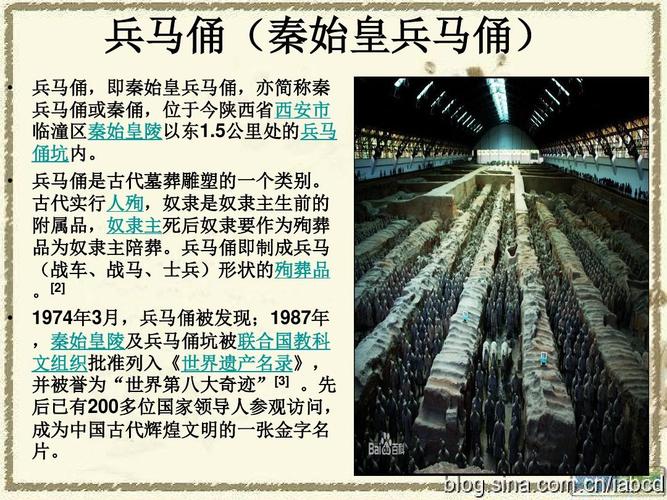
How Long Have Terracotta Army Statues Existed?
The History of Terracotta
Terracotta, a baked clay-based ceramic, has been in use for millennia. Its durability and versatility have made it a popular material for everything from simple pottery to intricate sculptures.
Terracotta Across Cultures
The use of terracotta spans across various cultures and timelines:
-
Chinese Pottery (from 10,000 BCE): China boasts one of the oldest known uses of terracotta. The earliest examples include utilitarian objects like cooking vessels and storage jars, showcasing the material's practicality. Over time, Chinese artisans mastered the art of terracotta, creating intricate sculptures and figurines that depicted their rich mythology and daily life.
-
Greek Pottery (from 7,000 BCE): The ancient Greeks were also masters of terracotta. They utilized it extensively for their iconic pottery, decorated with elaborate scenes from mythology, history, and daily life. These vessels, amphorae, and sculptures offer a glimpse into ancient Greek society.
-
Mesopotamian and Egyptian Arts and Sculptures: The ancient civilizations of Mesopotamia and Egypt also recognized the value of terracotta. They used it to craft figurines, reliefs, and even architectural elements. These artifacts offer valuable insights into their religious beliefs, social structures, and artistic expressions.
The Terracotta Army: A Masterpiece
The Terracotta Army, discovered in 1974 in China, stands as a testament to the enduring legacy of terracotta. Commissioned by Emperor Qin Shi Huang, the first emperor of China, in the 3rd century BCE, this vast collection of life-sized terracotta soldiers, horses, and chariots was intended to protect him in the afterlife.
The Legacy of Terracotta
The Terracotta Army's sheer scale and craftsmanship continue to captivate the world. This remarkable discovery reminds us of the ancient world's ingenuity and artistry, showcasing how a simple material like terracotta can be transformed into enduring masterpieces. The use of terracotta throughout history across various cultures highlights its significance as a material that has shaped art, culture, and history for thousands of years.
Q&A
1. What is terracotta made of?
Terracotta is made from clay that is shaped and then fired at high temperatures.
2. Why was the Terracotta Army created?
The Terracotta Army was created to protect the first emperor of China, Qin Shi Huang, in the afterlife.
3. What can we learn from ancient terracotta artifacts?
Ancient terracotta artifacts offer valuable insights into the beliefs, practices, and artistic skills of past civilizations. They serve as tangible links to our shared human history.